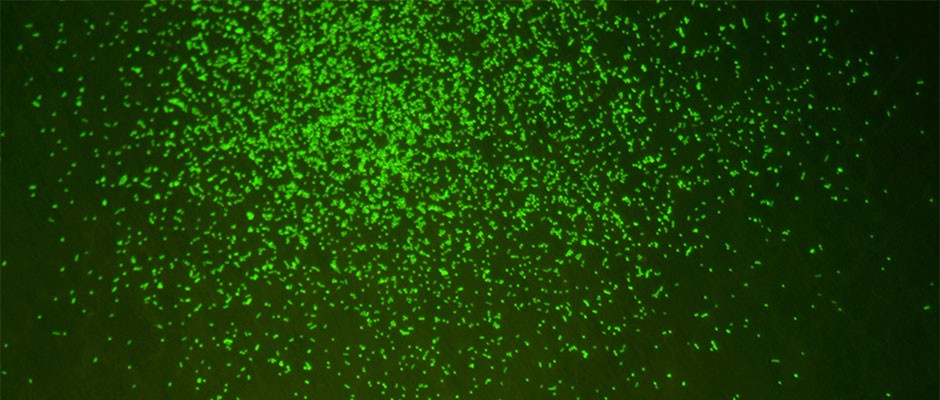Paleomicrobiology is an emerging field of science that is devoted to the identification of microorganisms in ancient remains. But did you know there are prehistoric microbes alive today?
Scientists have found microbes about 100 million years old buried beneath the seafloor. These microbes are said to reproduce only once every 10,000 years.
Where Did Scientists Find Prehistoric Microbes?
According to researchers, there is a diverse range of microbes that can be found in the deep depths of the ocean floor. While these microbes have lived quite a long time, they reproduce at a prolonged rate.
Bacteria found on rocks 2.5 kilometers below the ocean floor are noted to reproduce once every 10,000 years. They are estimated to be at least 100 million years old. Aside from bacteria, scientists have also found viruses and fungi.
At the Goldschmidt Conference in Florence, Italy, scientists from the Integrated Ocean Drilling Program announced their findings. The discovery, however, raised more questions about how life exists in these extreme conditions.
The microbes exist in very low concentrations, of around 1,000 microbes in every tea spoon full of rock, compared with billions or trillions of bacteria that would typically be found in the same amount of soil at Earth’s surface.
Fumio Inagaki, Japan Agence for Marine-Earth Science and Technology
(Source: BBC)
Are Bacteria Outnumbered by Viruses?
According to Dr. Tim Engelhardt of the University of Oldenburg in Germany, viruses are even more abundant alongside prokaryotes or single-celled organisms. There is about a 10:1 ratio of viruses to microbes.
They are quite stable in these sediments, especially as the metabolic rates of the cells are so low, and they exist in sediments up to 100 million years old.
Dr. Tim Engelhardt, University of Oldenburg
Since the number of microbes beneath the ocean floor is low, the distances between them are much more significant than those found on Earth’s surface. What puzzles them is how the extreme condition could support a virus’ life cycle.
We’re pushing the boundaries of what we understand about how viruses cycle on Earth elsewhere, by studying them in the deep biosphere. One of the biggest mysteries of life below the sea floor is that although there are microbes down there it’s really hard to understand how they have enough energy to live and how incredibly slowly they are growing.
Dr. Beth Orcutt, Bigelow Laboratory for Ocean Sciences
(Source: BBC)
Are These Microoganisms Alive?
Since the bacteria found metabolize at such a slow pace, scientists question if they are alive at all. But despite being slow-living and slow-acting, the existence of microbial communities may contribute to a chemical change in rocks found beneath the Earth.
The other question we have is that even though we are finding cells, is it really true to call it alive when it’s doubling every thousands of years? It’s almost like a zombie state.
Dr. Beth Orcutt, Bigelow Laboratory for Ocean Sciences
By consuming the carbon present on the rocks, these microbes can slowly modify the carbon cycle we are familiar with. Ultimately, this can impact the rate of release of carbon dioxide into the atmosphere. (Source: BBC)
